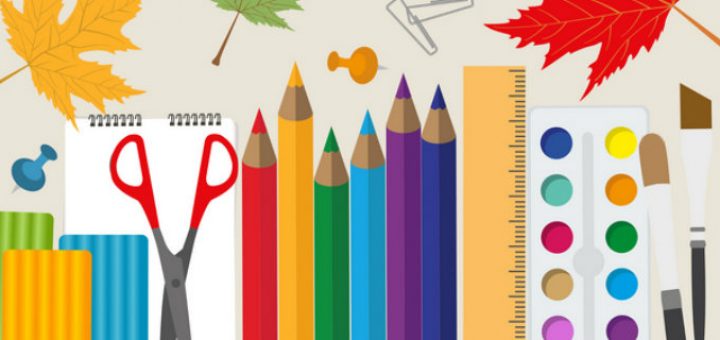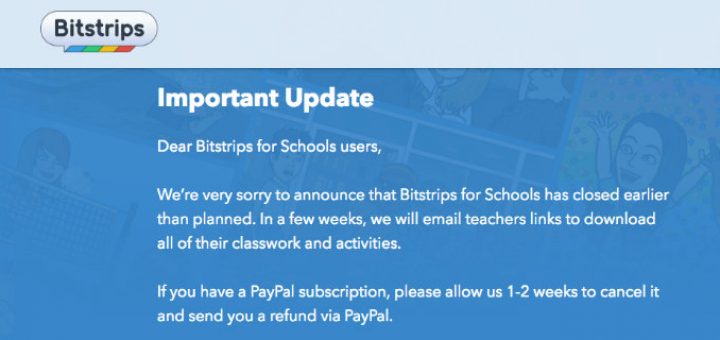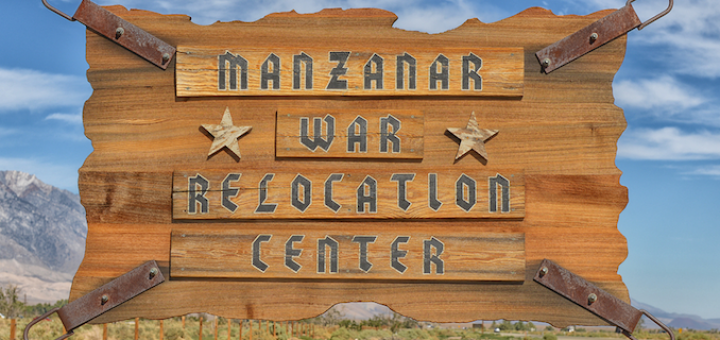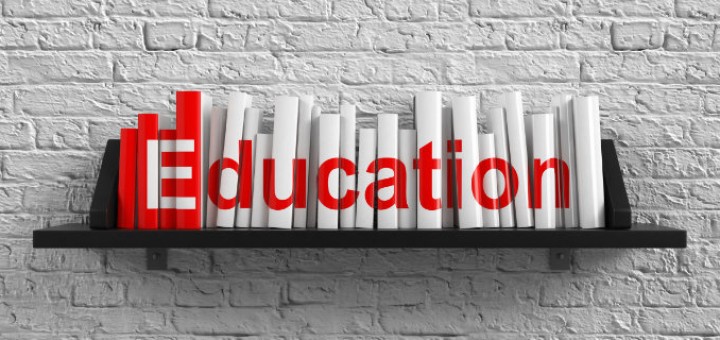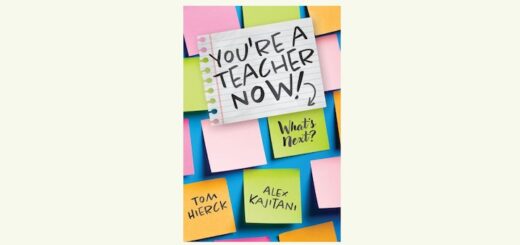Teaching and learning in grades 4-8
From failing to bring the required supplies to not being on time, Amber Chandler was quick to give negative grades to students who “lacked responsibility.” Until she encountered Nick. Today she’s more sensitive to the socio-economic challenges many students face.
“Transforming Schools” presents a proven school model built on project based learning and performance assessment, with advice from three leaders of Envision Schools on how to reinvent systems, reshape school culture, and navigate the inevitable challenges.
On each page of History Class Revisited, teacher Jody Passanisi reveals a deep knowledge of middle school minds and hearts and offers many engaging strategies to help students on the way from literal to critical thinking about history, says reviewer Sarah Cooper.
Are you ready to be a vital force in your co-teaching relationship this year? Instructional coach Elizabeth Stein borrows concepts from Vitalism to suggest ways co-teachers can build a more effective practice by relying on both traditional knowledge and intuition.
Ultimately, teachers have the final say in the classroom. But when they share some ownership with students, they create a true community of learners and reap benefits for themselves. Expert Barbara Blackburn shares three ideas about building student ownership.
The comic creation app Bitstrips for Schools is no more. How will Kevin Hodgson’s new sixth graders create the “Dream Scenes” that help him discover more about their hopes and aspirations? After a brief lament, he rallies. Perhaps Google Slides can fill the void.
How do we overcome the perception that history is boring? Connecting the past directly to students’ life experiences is a flawed strategy, history educator Lauren Brown believes. Teachers should focus less on “relevant” and more on “meaningful” and “interesting.”
“Instructional Planning for Effective Teaching” could be helpful to new teachers who might benefit from its research about the planning methods of “effective” teachers, writes reviewer Robbi Ndebi. But more examples of strong vs. weak instructional design would be helpful.
Steve Gruenert and Todd Whitaker do a phenomenal job of taking the reader on a guided journey to define, assess, and learn to transform a school culture, says principal Doug Dunn. School Culture Rewired includes surveys, culture-building strategies and much more.
The Genius Hour Guidebook by Denise Krebs & Gallit Zvi provides a practical guide for teachers who want to encourage students to pursue their passionate interests and expand their 21st century skill set. Reviewer Laura Von Staden also recommends the companion website.

